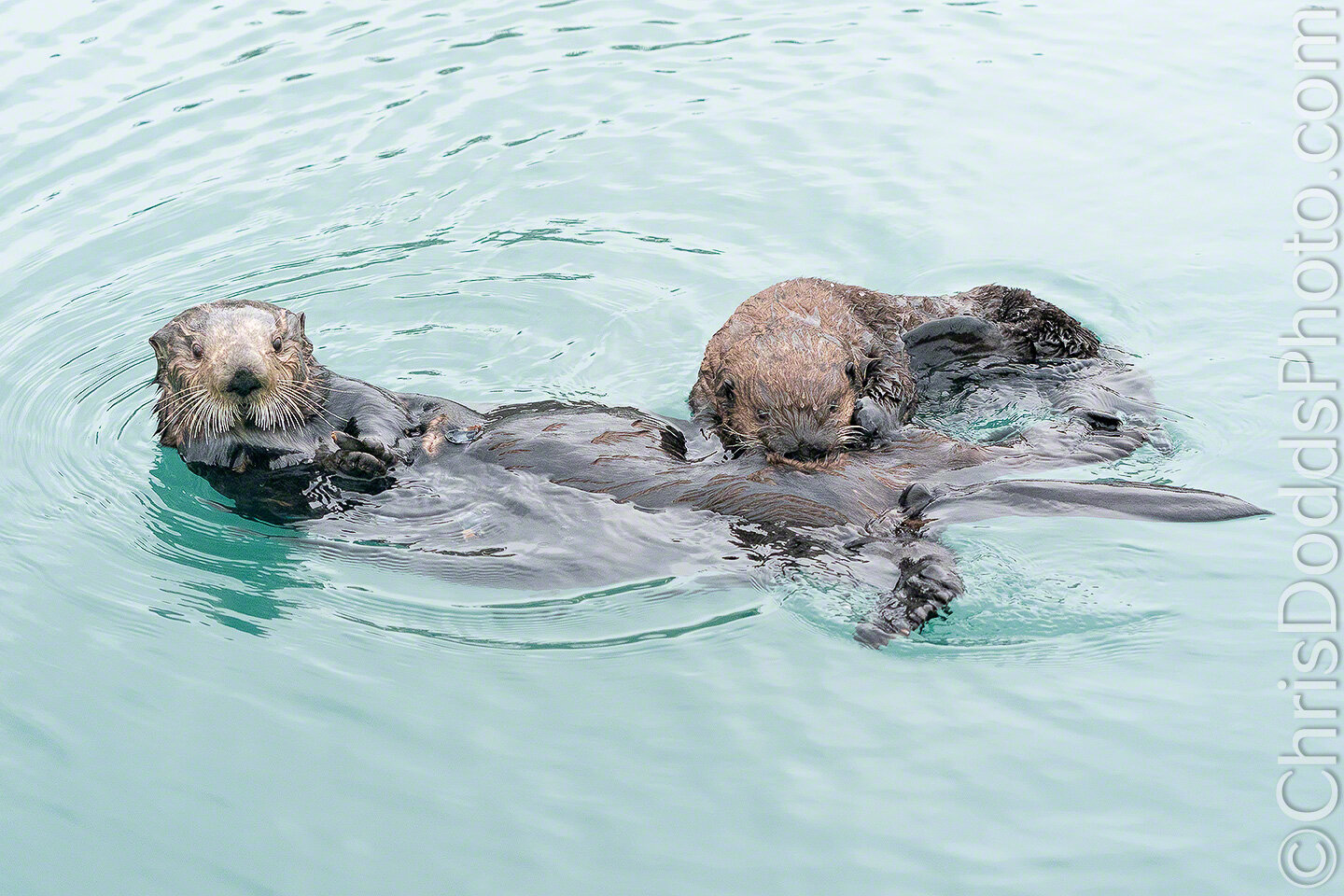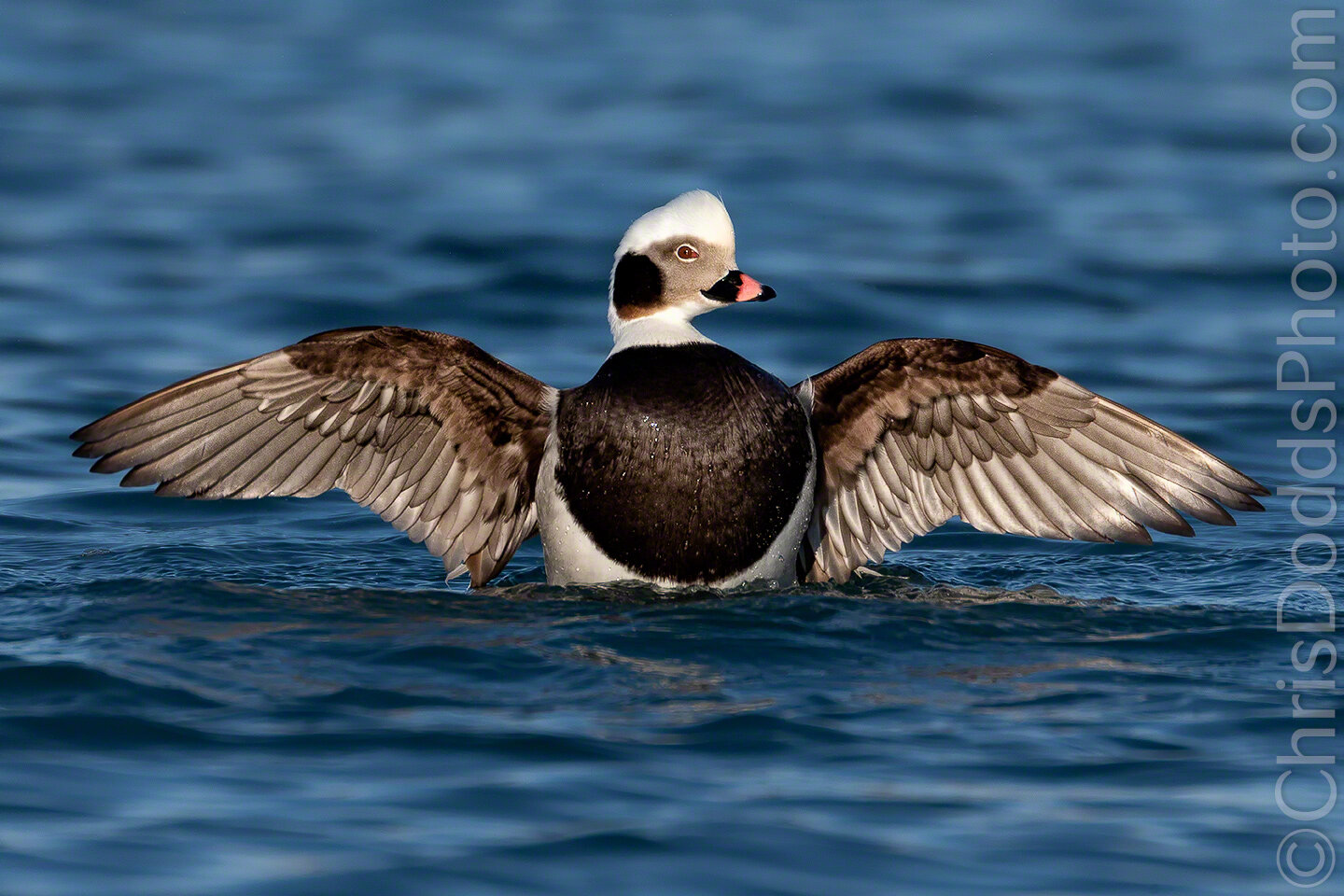Happy Sea Otter awareness week!
Otters are part of the Mustelidae family, which is a family of carnivorous mammals that includes skunks, weasels, wolverines, and badgers. The sea otter is the largest member of the weasel family, yet the smallest marine mammal in North America.
Most sea otters call Alaska home. Approximately 90 percent of the world’s sea otters live in coastal Alaska. Many live in the waters surrounding public lands including Kodiak National Wildlife Refuge, Kenai Fjords National Park, and Glacier Bay National Park
U.S. and international law protects threatened sea otters. Hunted to the edge of extinction by fur traders in the 18th and 19th centuries, the few remaining sea otters (about 2,000 scattered in remnant colonies throughout the North Pacific rim) were first protected by the International Fur Seal Treaty in 1911. Sea otters in the United States received additional protections with the passage of the Marine Mammal Protection Act and the Endangered Species Act in the 1970s.
Sea otters eat 25 percent of their body weight in food every day. Sea otters’ diets include sea urchins, crabs, mussels, and clams, which they’re known to crack open with a rock and eat while floating in the water. To find food, sea otters may occasionally dive as deep as 250 feet and will use their sensitive whiskers to locate small prey inside crevices or their strong forepaws to dig for clams.
Sea otters have the thickest fur of any animal. Their fur contains between 600,000 to 1,000,000 hair follicles per square inch. Unlike most other marine mammals, otters lack a blubber layer. Instead, they depend on their dense, water-resistant fur to provide insulation. To keep warm, sea otters spend a large portion of their days grooming and conditioning their fur. This traps air and heat next to their skin.
Sea otters can have a pup any time of the year. Southern sea otters breed and pup year-round, while northern sea otter pups in Alaska are usually born in the spring. A newborn pup needs constant attention and will stay with its mother for six months until it develops survival skills. Fun fact: An otter pup’s fur is so dense that it can’t dive underwater until it gets its adult fur. This comes in handy when mothers leave their pups safely floating on the water’s surface while they forage for food.
Otters are an essential keystone species. A “keystone species” is a species that is critical to how an ecosystem functions because it has large-scale effects on the communities in which it lives. Along the Pacific coast, sea otters help control the sea urchin population. Fewer sea urchins in turn help prevent kelp forests from being overgrazed. In California, research has found that sea otters also enhance seagrass beds, and in Alaska’s Glacier Bay National Park, sea otters’ expansion into the area marked a gradual return of a more diverse ecosystem and an exciting moment in colonization efforts.
The otter is one of the few mammals that use tools. A sea otter’s tool of choice: typically a rock that can be used as a hammer or anvil to break open hard-shelled prey. They have a loose patch of skin under their armpit to store both the food they’ve foraged and their rock to crack it open.
Read more at the US DOI website HERE






